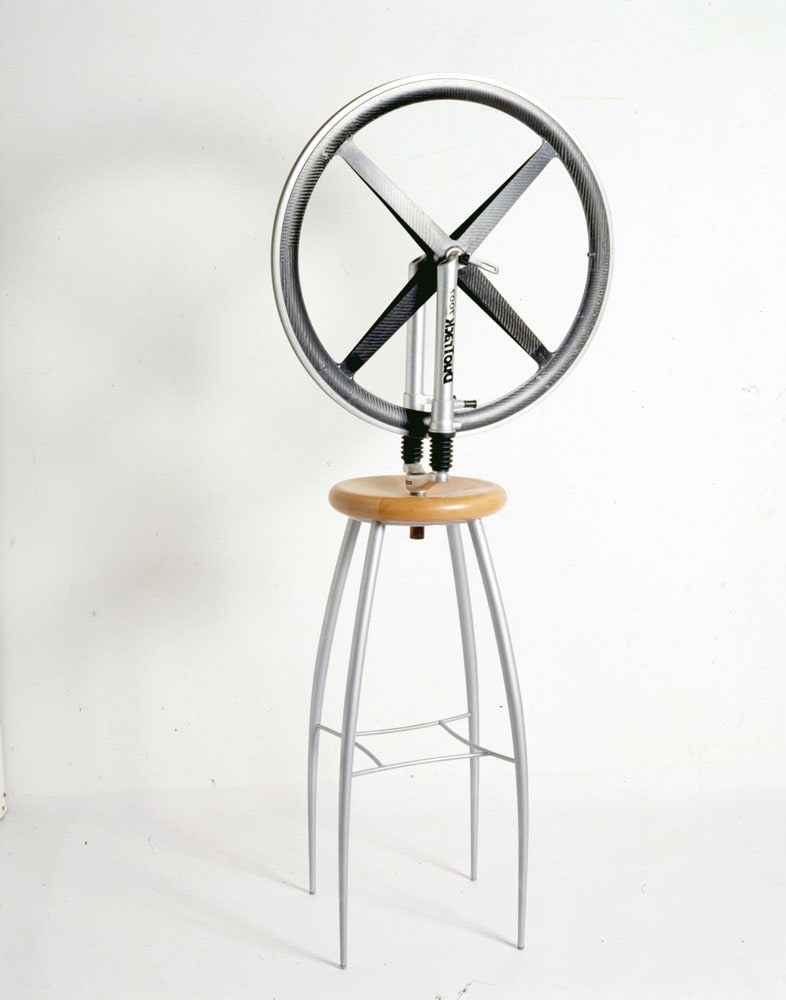Director: Nesime Karateke
Turkey, 2025, 54’, DCP, color
Turkish, Arabic with Turkish, English subtitles
The documentary offers a perspective on the concepts of uncertainty, void, grief, sprouting, and healing in the aftermath of the earthquake in Antakya. Focusing on women, children, and young people, it witnesses the journeys of those working to rejuvenate life through art, production, and solidarity.
The crew will attend.

In 1998 Ben Jakober and Yannick Vu collaborated on an obvious remake of Marcel Duchamp’s Roue de Bicyclette, his first “readymade” object. Duchamp combined a bicycle wheel, a fork and a stool to create a machine which served no purpose, subverting accepted norms of art.
Tuesday - Saturday 10:00 - 19:00
Friday 10:00 - 22:00
Sunday 12:00 - 18:00
The museum is closed on Mondays.
On Wednesdays, the students can
visit the museum free of admission.
Full ticket: 300 TL
Discounted: 150 TL
Groups: 200 TL (minimum 10 people)